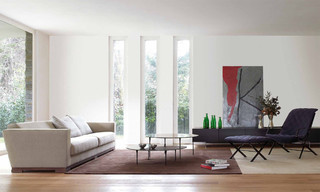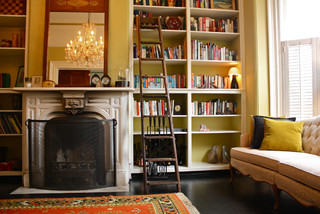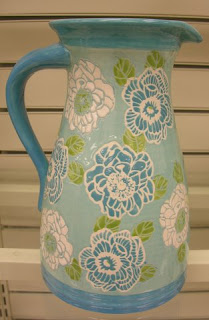Also the interior design community is embracing the green movement, at least on paper. So many products now claim to be "green". And while some definitely are, others really aren't. If you start asking questions about the transportation, the production process and the disposal of a certain product, it gets a lot more complicated. But don't let that stop you! Asking questions is the first step of being mindful about the environment, and that's what we all need to be.
Here are other things we can do for the sake of the environment:
1) Shop locally - it has many advantages, from minimizing transportation to keeping the money in the community. An example: locally-sourced wooden floors are so much more environmentally friendly than bamboo grown in Asia, no matter what the advertisements say!
2) Reduce, reuse, recycle, repurpose, recover... So many re-words, so many opportunities! A coat of paint, another frame on a piece of art, an old dresser that becomes a bathroom vanity... Before heading to the stores, try to think about new uses for things you already own. The most inviting homes often display a mix of old and new.
3) Go for quality rather than quantity, it will reduce your number of purchases. After all, the most environmentally friendly behaviour is to consume less.
What other tips do you have that can protect the environment?
 |
A "truth window" shows the interior
of the wall in the straw-bail house.
|
 |
The interior of an off-the-grid straw-bail house
outside Powassan that I visited some years ago.
|























